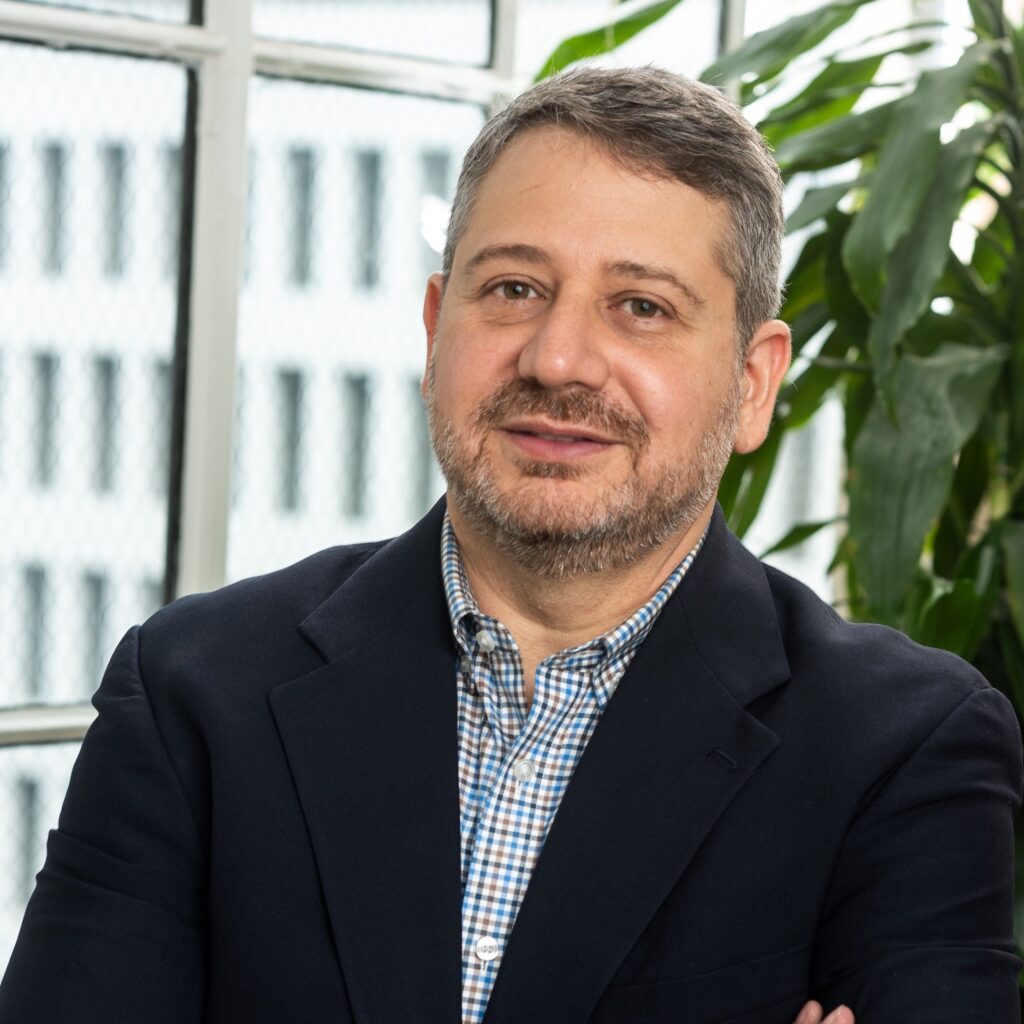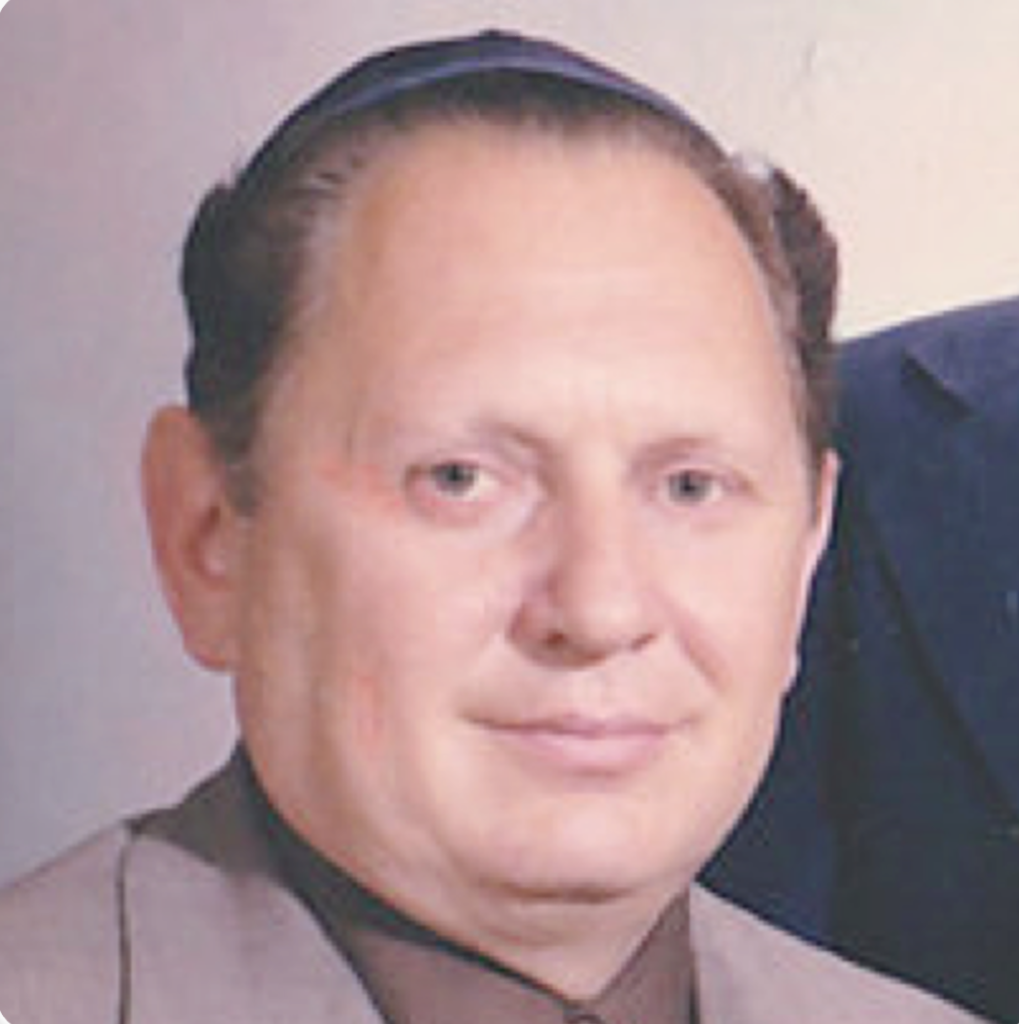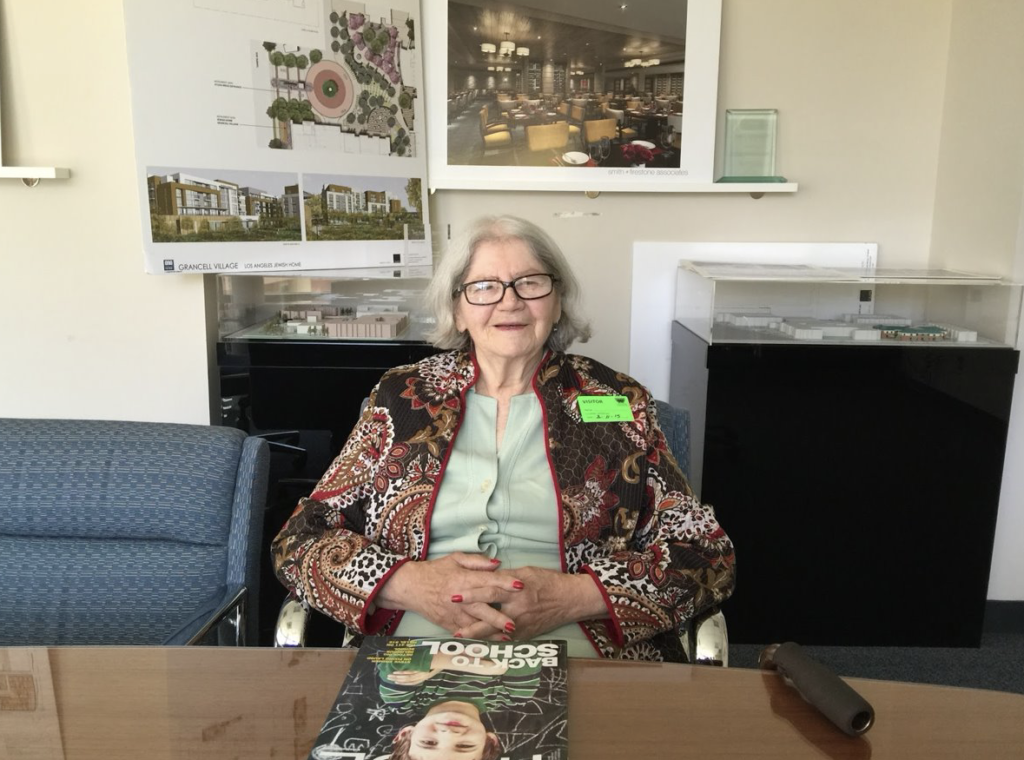GAAD 10th Anniversary: An Open Letter from Its Co-Founder
By Joe Devon | Diamond, May 26, 2021


I have so many thoughts I don’t know where to begin. It’s a bit surreal to see a day you conceived to be taken up by countless individuals, who mean as much to me as the countless organizations small and enormous. You see, it was just an idea. But without a community to embrace it, it would remain an idea.
Looking back at the early years of GAAD, I must say that the industry professionals seemed pretty jaded. They felt that working in accessibility was an uphill battle that would always remain that way.
One of the most positive, subtle changes I’ve seen in the last decade is that the hopelessness is gone. Now when I ask accessibility professionals how they feel, they seem to universally say that accessibility is having a moment. That there is an awareness that wasn’t there before.
As happy as that makes me, it is tempered by the statistics that Jared Smith @ WebAIM comes out with every year. The WebAIM Million has shown for the last 3 years that give or take 98% of the top million homepages have at least one major WCAG error and that on average it’s between ~50-60 errors per page. Those are sobering numbers.
That said, I believe that we need to see improvement at the top of the tech food chain to have the most impact on the rest of the internet. Whether we like it or not, the top 1% covers the majority of use by the population. And there has been considerable improvement there. Check out our SOAR Report to see the somewhat positive movement among the Alexa Top 100 websites.
More than that though, the top tech companies are engaged. Lest you think I’m too enamored by the engagement by the top tech companies, I assure you that so many moments by individuals touch me personally far more.
And #GAAD became a flashpoint for people affected by accessibility only because individuals acted as leaders and made so many events. However, no one can deny the impact that large companies can have on the trends followed by the people who build digital products.
To that end, it was immensely pleasing that Facebook took the #GAADPledge to make React Native accessible. This is the start of something big. If we can make it a trend that any self-respecting open source project cannot get traction without committing to making accessibility a core value of their project, we will go a long way to making the world a more accessible place.
Last year, GAAD was particularly difficult. Like in year two, when my Dad had recently passed away, I was a zombie. You see, my Mom passed away at noon on the day of the 9th annual GAAD. My Mom had been suffering from dementia for at least 10-15 years and my Brother and I were her caretakers after my Dad passed away.
Even though she never really understood what GAAD was about, she would have wanted to be front and center and I think she picked that day to pass away to ensure she would always be a part of it.

In other news, every year I seem to learn something new and I spend a year talking about it. Perhaps, this year it’s more like three major insights.
I spent the first five years of #GAAD learning about accessibility. But the last few years I’ve learned about accessibility, the industry. And while the work of the major accessibility vendors is tremendously important, there is something big missing.
Enterprise companies that have technology as their core product will build that internally. And they may have the budget to make it accessible. But the majority of the apps and marketing websites that come out are built by agencies. And Diamond is the only Agency of our size that builds products accessibly by default.
The biggest struggle we’ve had quite frankly is that if we are only handling the development in a project, we typically get handed inaccessible designs. All we can do is create a bug ticket and get it in the backlog to be fixed by design later.
This has caused a shift in our thinking. We are realizing that we need to create a three-pillar approach, where we plan to only take on projects where we own the design, development, and therefore the accessibility. It’s the only way to ensure that all of our work is accessible.
I’d love to see competitors. There is a world of websites and mobile apps to build and the entire industry needs to shift left.
A second mantra I’ve had this year is that the statistics we cite as accessibility experts are wrong. Wrong in approach. Counterproductive.
The WHO says 15% of the population has a disability. The WHO also says that 2.2 billion people have a visual impairment. That’s about 28% of the population. Isn’t visual impairment a disability?
I don’t consider myself as having a disability. But being over 50, I have so many floaters in my eyes that I literally have clouds in front of my eyes. Had I had this vision at five years old, that would have likely been called a disability.
People who are over 50 all have something. Degraded hearing. Degraded vision. Mobility. In fact, we have progressive impairments, or disabilities if you will. Over 34% of the population is over 50 and that figure is growing fast.
So let’s either improve our statistics or really explain that you can’t put a statistic on disability, because it really is a spectrum of ability. Everyone is different and accessibility is not the field of disability, but rather a key that unlocks the expertise to build digital products that work for the edge cases and improve the experience for all.
This leads to my final insight for this year. Accessibility is NOT about the budget. It’s about expertise. And craft.
The C-Suite is rightly concerned about budget. But we need to change the culture of digital product development so that budget isn’t an issue.
You see, if you are a designer, I don’t care if you know the disability statistics. That 10M Americans are color blind. But I expect you to know the craft of design. Including accessibility.
This means that if you are designing a chat app with a feature of online/offline indicators, you should know that to someone who is colorblind, red and green both look grey. You should know that you don’t use color to convey information. It costs $0 when you are first designing to include a label: online.
However, if your designer does not have that expertise, then you may incur the cost of a lawsuit, an audit, a remediation, QA and regression testing. And a refactor of your designs. But set aside lawsuits, you are also failing your users. All of them would benefit from explicit design that conveys information properly. This has been shown over and over again.
So let’s improve our messaging. Get our statistics right. And encourage a culture change similar to the agile revolution. If we do, we will live in a more accessible world.
Happy 10th #GAAD. I hope to see the next 10 pick up where we left off.
Joe.
About This Article:
A Life Worth Living has copied the content of this article under fair use in order to preserve as a post in our resource library for preservation in accessible format. Explicit permission pending.

